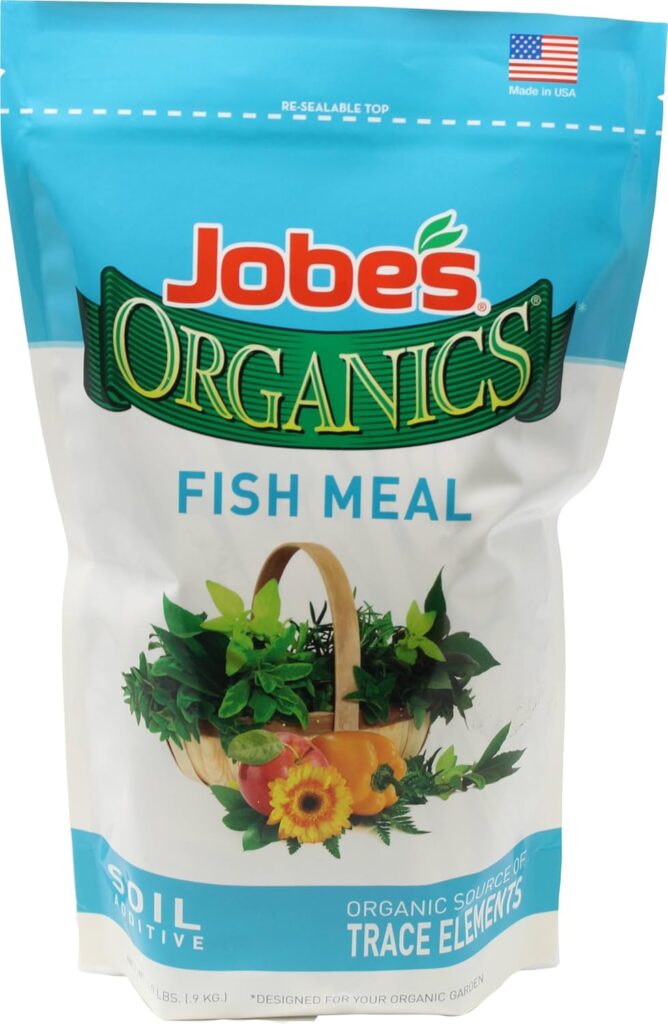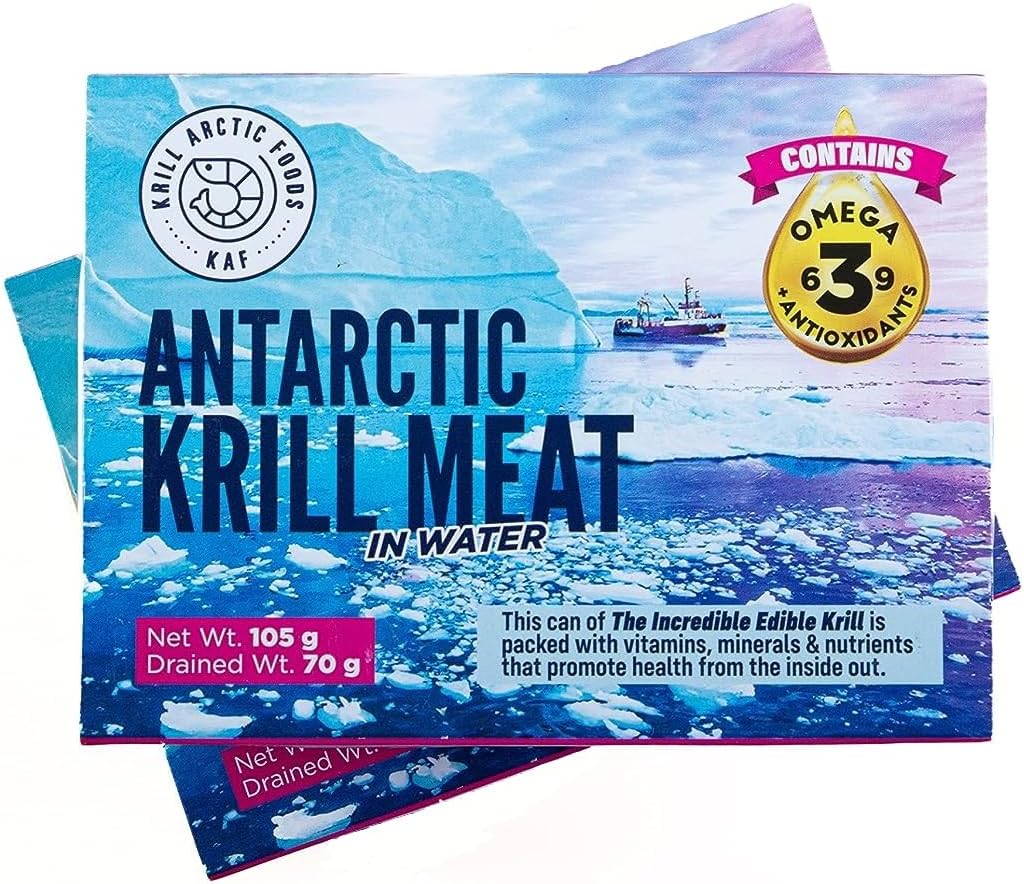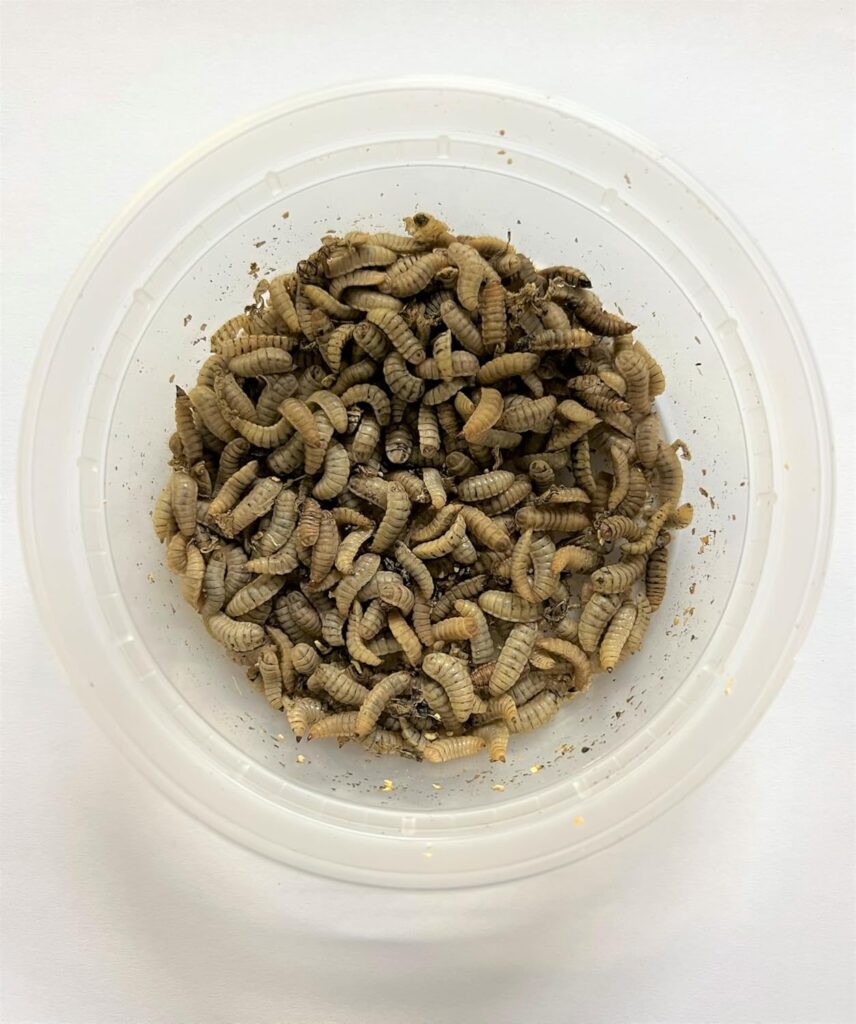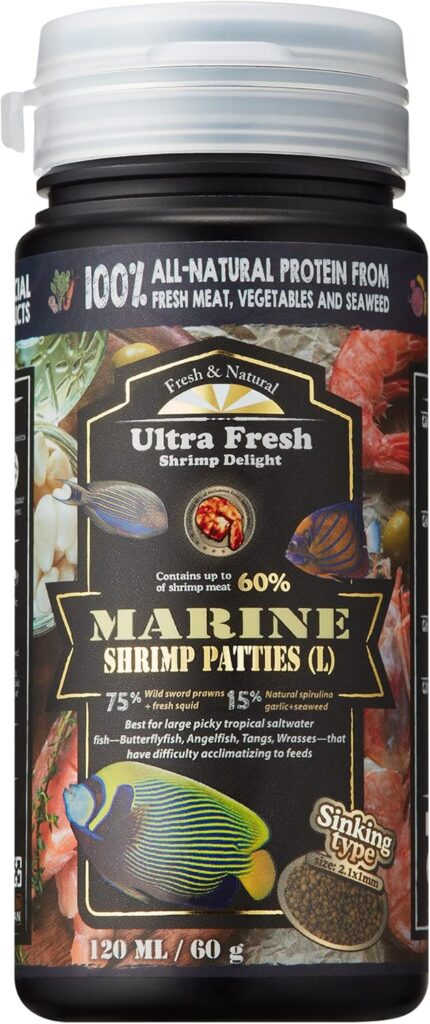
Learn about sustainable options like fish meal, krill, insect protein, & more for optimal fish health & growth.
Feeding carnivorous fish the right diet is crucial to their well-being, growth, and overall vibrancy. A high-quality diet not only strengthens their immune system but also enhances coloration and increases breeding success. But with so many feeding options available—ranging from traditional fish meal to innovative insect-based proteins—choosing the right one can be overwhelming.
In this comprehensive guide, we’ll explore the best protein sources for carnivorous fish, discussing their benefits, drawbacks, and sustainability factors. By the end, you’ll know exactly how to nourish your fish for optimal health and longevity.
What Do Carnivorous Fish Need to Eat?
In the wild, carnivorous fish primarily feed on other aquatic animals, including smaller fish, crustaceans, and insects. Their diet is naturally high in protein, making up 40–55% of their total intake. High-quality protein is essential for growth, tissue repair, and overall body function, but not all proteins are created equal.
The best protein sources must have an excellent amino acid profile and be easily digestible. Additionally, carnivorous fish require essential fats, particularly omega-3 fatty acids (EPA and DHA), for brain health, immune function, and overall vitality.
BEST FOODS TO FEED YOUR MONSTER FISH
Best Protein Sources for Carnivorous Fish
1. Fish Meal and Fish Oil: A Classic Choice
Fish meal has long been the gold standard for feeding carnivorous fish. Made from wild-caught fish like anchovies and sardines, it contains 60-72% protein and provides an outstanding amino acid profile.
Benefits:
- High-quality protein content
- Excellent amino acid profile
- Rich in omega-3 fatty acids
- Contains essential minerals (phosphorus, selenium)
Drawbacks:
- Concerns about overfishing and sustainability
- Quality varies by source
📢 Recommended: If opting for fish meal, choose sustainably sourced brands to minimize environmental impact.
2. Krill: A Nutritional Powerhouse
Krill is gaining popularity as a superior alternative to fish meal. Packed with protein (up to 60% by dry weight), krill also contains astaxanthin, a powerful antioxidant that enhances fish coloration and immune function.
Benefits:
- High in protein and omega-3s
- Enhances fish coloration with astaxanthin
- Highly palatable and digestible
Drawbacks:
- Large-scale krill harvesting can impact Antarctic ecosystems
📢 Recommended: Look for MSC-certified krill products to ensure sustainability.
3. Insect-Based Proteins: A Sustainable Future
Insect proteins, particularly black soldier fly larvae, are emerging as an eco-friendly and nutritionally valuable alternative to fish meal. With up to 40% protein, they provide an amino acid profile comparable to traditional fish meal.
Benefits:
- High-quality, digestible protein
- Sustainable and environmentally friendly
- Can be produced using organic waste
Drawbacks:
- Still a relatively new industry with limited large-scale production
📢 Recommended: Insect-based fish food is a sustainable choice for responsible aquarists.
4. Crustaceans: High-Quality, Natural Protein
Crustaceans like shrimp and mysis shrimp are highly nutritious, offering up to 80% protein by dry weight. They are also rich in omega-3s and astaxanthin, making them a top choice for both wild and aquarium fish.
Benefits:
- High protein content
- Supports immune function and coloration
- Naturally part of many fish diets
Drawbacks:
- Can be expensive compared to other protein sources
📢 Recommended: Provide freeze-dried or frozen shrimp for a natural, nutrient-rich diet.
5. Plant-Based Proteins: A Viable Supplement?
While carnivorous fish are designed to eat animal proteins, some plant-based proteins like spirulina, can supplement their diet. Spirulina is 70% protein by dry weight and offers a wide range of vitamins and antioxidants.
Benefits:
- Sustainable and cost-effective
- Rich in nutrients and antioxidants
Drawbacks:
- Lacks certain essential amino acids
- Contains anti-nutritional factors that may impact digestion
📢 Recommended: When used in moderation, spirulina-based fish food can be a great addition.
Future of Fish Feed: What’s Next?
New protein sources are emerging to meet the demand for sustainable fish diets.
- Fish Protein Hydrolysates: Pre-digested fish protein for better absorption.
- Lab-Grown Seafood Cells: Still in development but promising for sustainability.
- Single-Cell Proteins: Derived from bacteria or yeast fermentation.
- Algae-Based Proteins: Rich in essential fatty acids and micronutrients.
The Future of Fish Feed
Best Feeding Practices for Carnivorous Fish
To keep your fish healthy, follow these feeding strategies: ✅ Provide Variety: Rotate different protein sources for balanced nutrition. ✅ Monitor Growth & Health: Adjust feed quantity and type as needed. ✅ Avoid Overfeeding: Excess food can cause water quality issues. ✅ Ensure Omega-3 Intake: Fish need EPA and DHA for optimal health. ✅ Choose High-Quality Feeds: Prioritize sustainably sourced options.
Final Thoughts
Carnivorous fish thrive on high-protein diets that mimic their natural prey. While fish meal and krill remain popular, insect-based proteins and crustacean meals are proving to be sustainable and nutritious alternatives. By diversifying protein sources and selecting eco-friendly options, you’ll ensure the long-term health and vibrancy of your fish while minimizing environmental impact.
Happy feeding! 🐟💙





Nice post! 1754820502